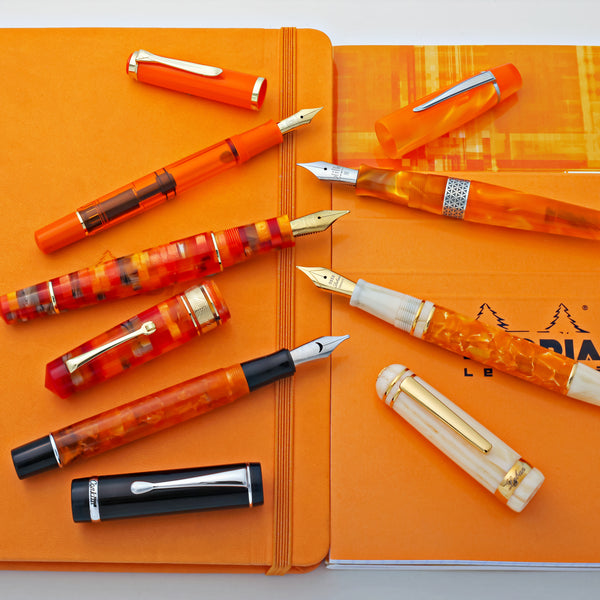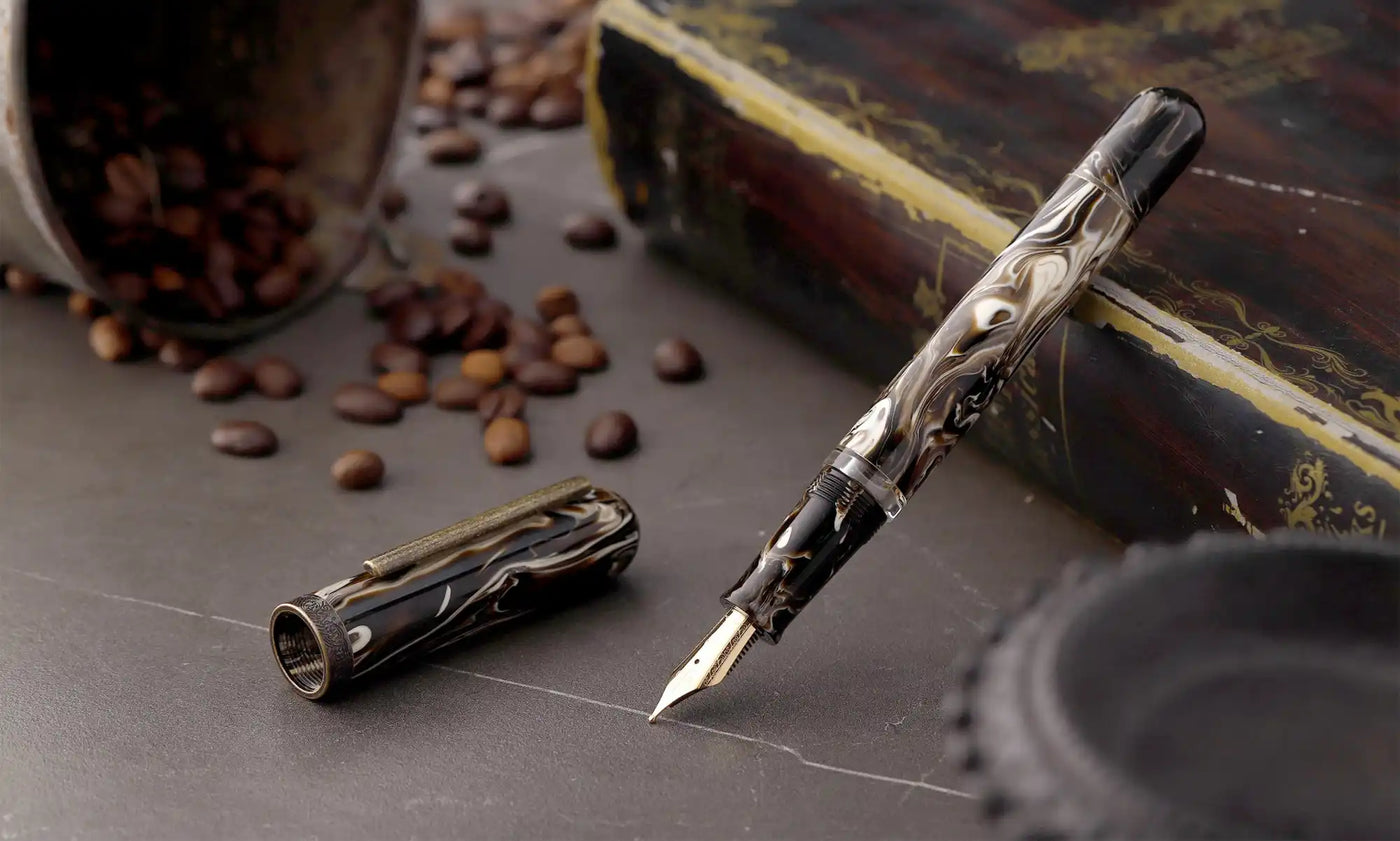Depending on how you intend on using the pencil, the lead diameter plays a major role in selecting a mechanical pencil, moreso than lead hardness. Mechanical pencil mechanisms are fixed for the type of lead they accept. This means that a 0.7mm mechanical pencil only accepts 0.7mm diameter lead. While it is possible to use different lead hardnesses (2B, HB, or 2H, for example) in the same lead diameter, it is not possible to switch a different lead diameter (like putting a 0.9mm in a 0.5mm pencil) in a mechanical pencil.
Thinner leads under 0.7mm are best suited for light, technical drawings, drafts, and fine details. The lines will appear lighter on the paper and are easier to erase. Thinner leads are ideal for those who have small, neat handwriting.
Leads between 0.9mm and 1.4mm are suitable for general purpose writing and sketching. In the fountain pen world, these would be your "medium" point sizes available on most pens.
Leads above 2mm are usually considered "sketch" mechanical pencils that clutch the larger piece of lead. Although the lead is measured by its diameter, the point is sharpened and will require a sharpener to control the line thickness. An artist may use the lead on the side of the point to fill in large areas of value.
Why Choose a Mechanical Pencil over a Typical Woodcase Pencil?
Woodcase pencils are 100% consumable and disposable. To use one, a sharpener is required. Each time you sharpen a wood pencil, you shave away a piece of your writing tool. At the end, a woodcase pencil can be sharpened to the point (pun intended) where the pencil is too short to write comfortably. Thus, the user cannot effectively use 100% of the pencil, disposing of the stub when it becomes too small. Also, without using a pocket protector or pencil cap, putting a sharpened pencil in your pocket can lead to a hole in your favorite shirt or bodily harm if you accidently poke yourself with the tip.
In contrast to the consumable wood pencil, the mechanical pencil can write forever as long as the lead is replaced. Mechanical pencils under 0.7mm in lead diameter deliver a consistent line without needing a sharpener. Instead of discarding the pencil when it becomes too small to use, each stick of mechanical pencil lead can be used almost all the way until the mechanism can no longer hold the graphite. Mechanical pencils are much more pocket friendly, as they typically have a pocket clip and the lead can be retracted to hide inside the pencil when not in use.
Finding the right mechanical pencil for you
Similar to the range of nib options available with fountain pens, mechanical pencils provide the user with a tool tailored to their work. By carefully selecting the lead diameter and lead hardness, the writer/artist can fine tune their pencil to best suit their needs. Whether you're drafting the floor plans to an office building or casually sketching a city skyline, there's an ideal pencil for you. And, perhaps it isn't just one pencil. Much like a painter has an assortment of brushes to fill a canvas, a creative artist will employ an assortment of pencils is varying lead hardnesses and diameters to create a piece.
So, while there isn't any one right answer for "what is the best mechanical pencil?," you can find the world's best writing tools on Goldspot Pens and find one (or five) that best fit your needs. Explore our various mechanical pencil options, refill leads, and erasers at our store.




